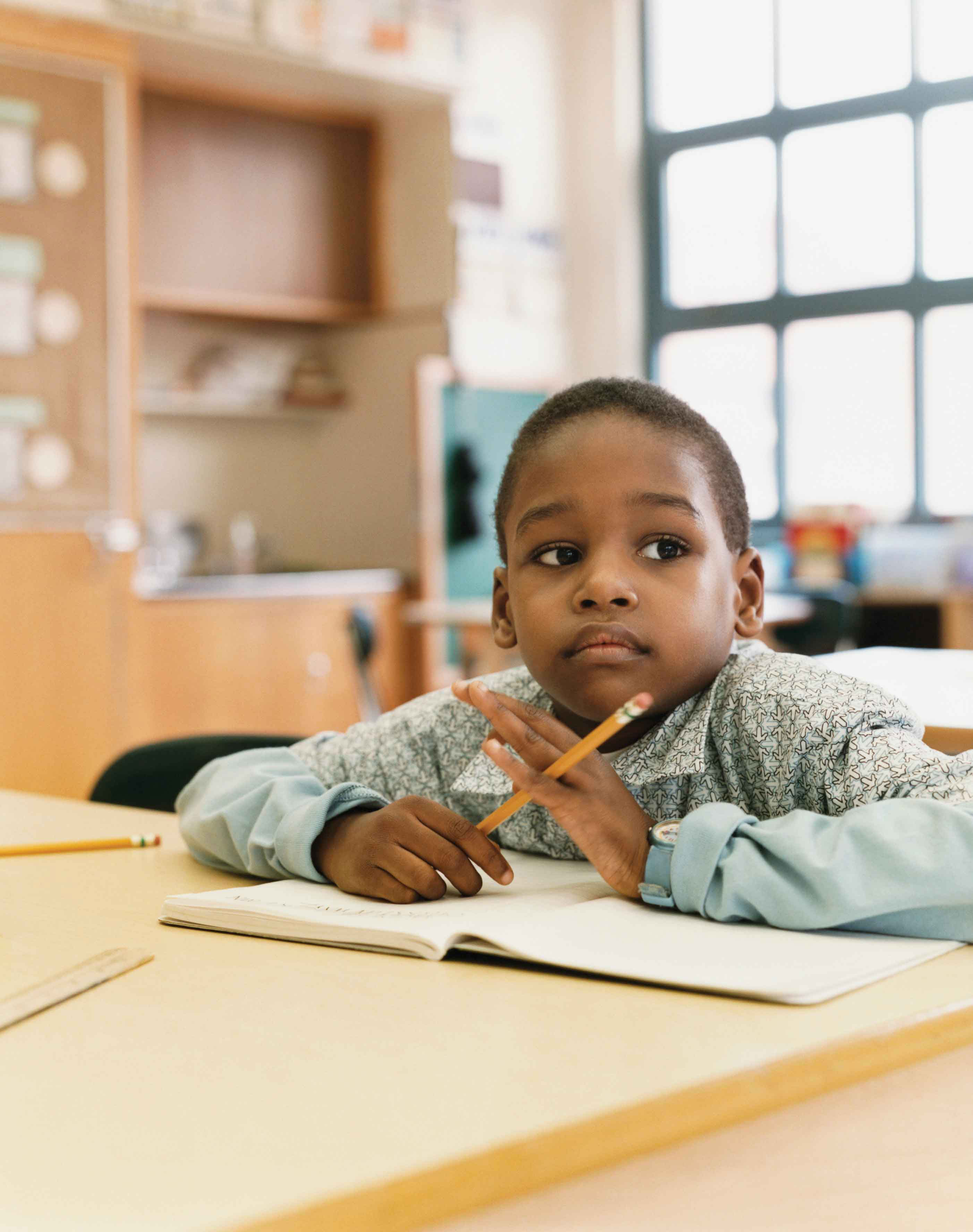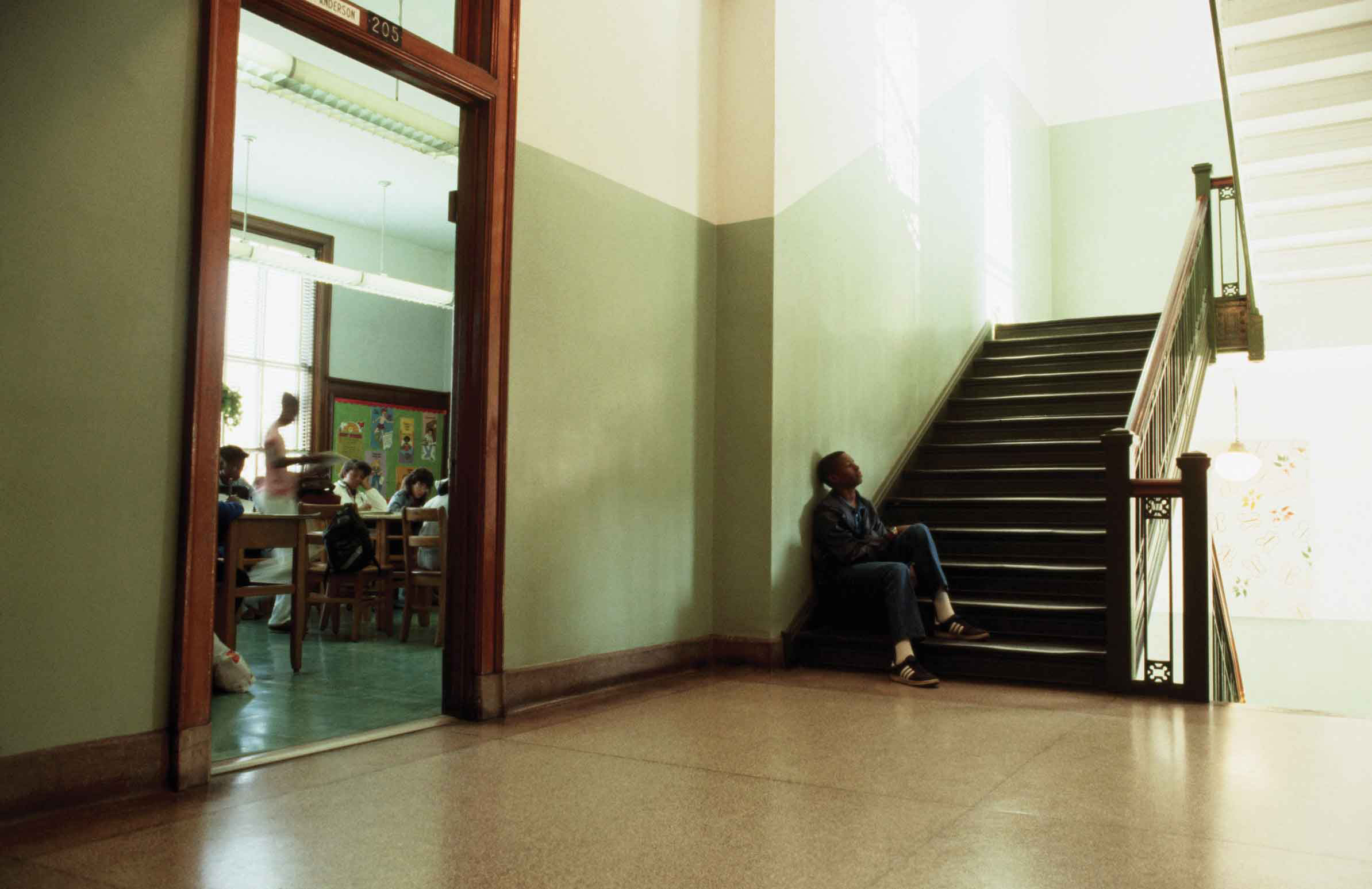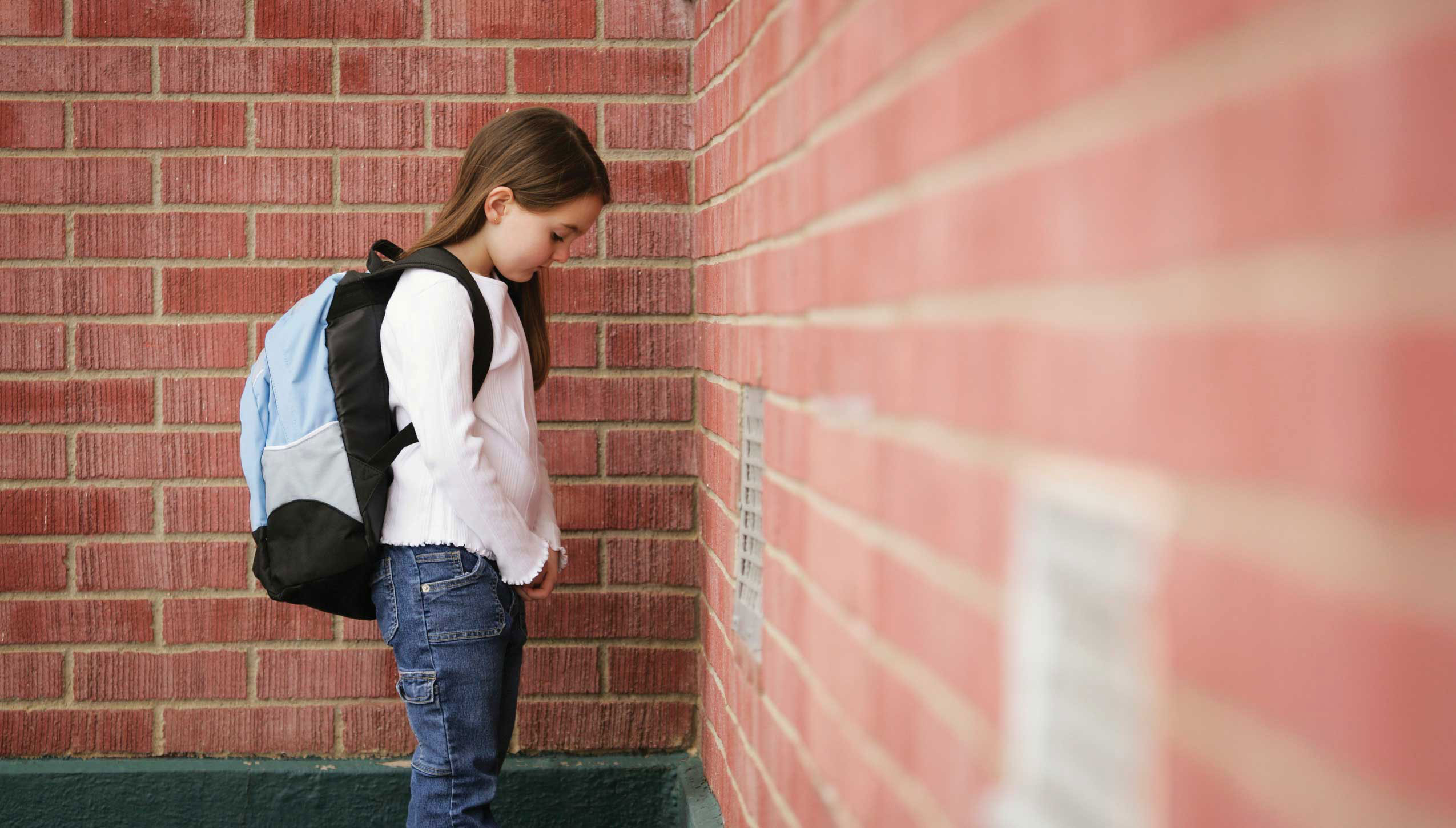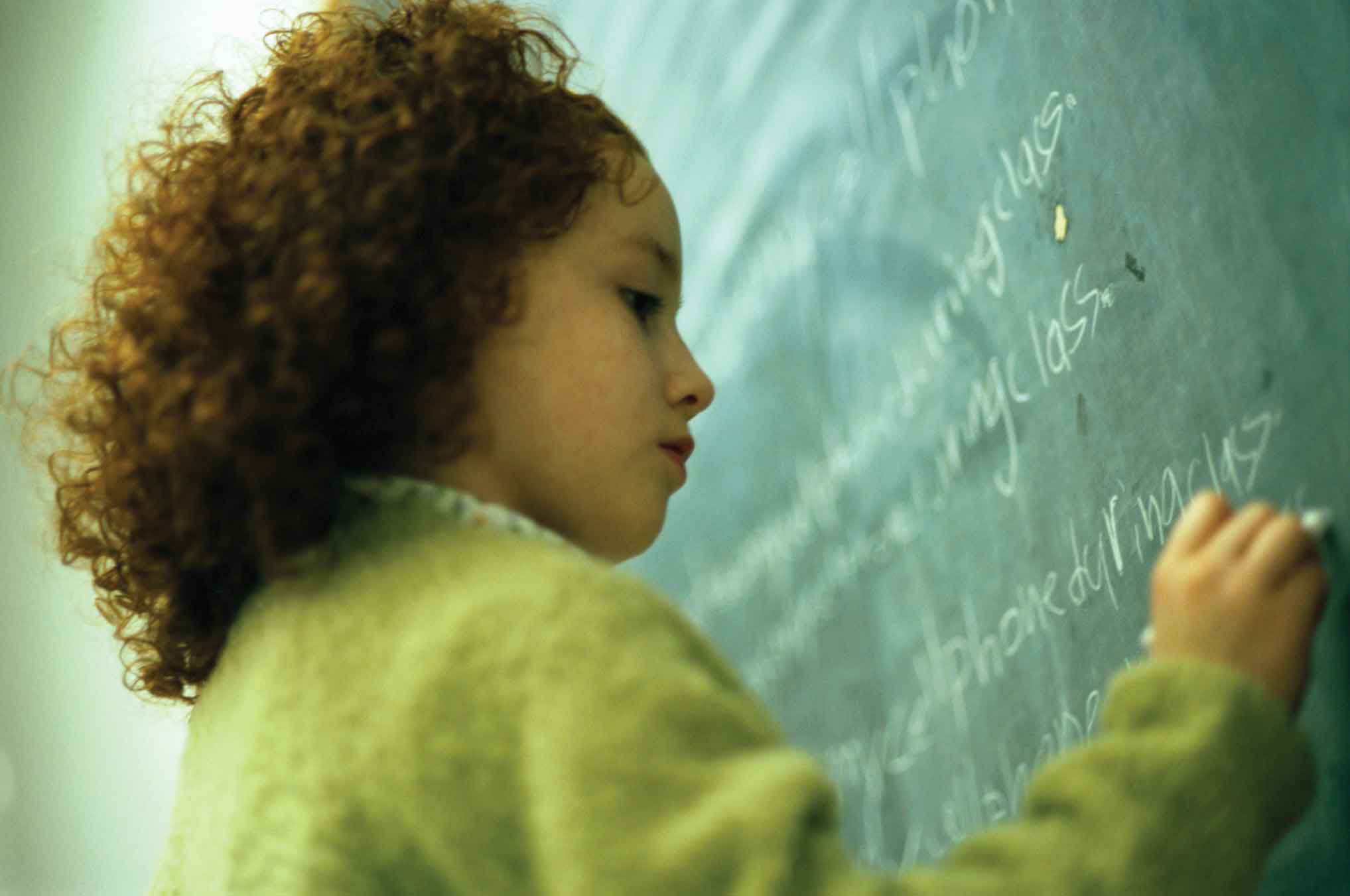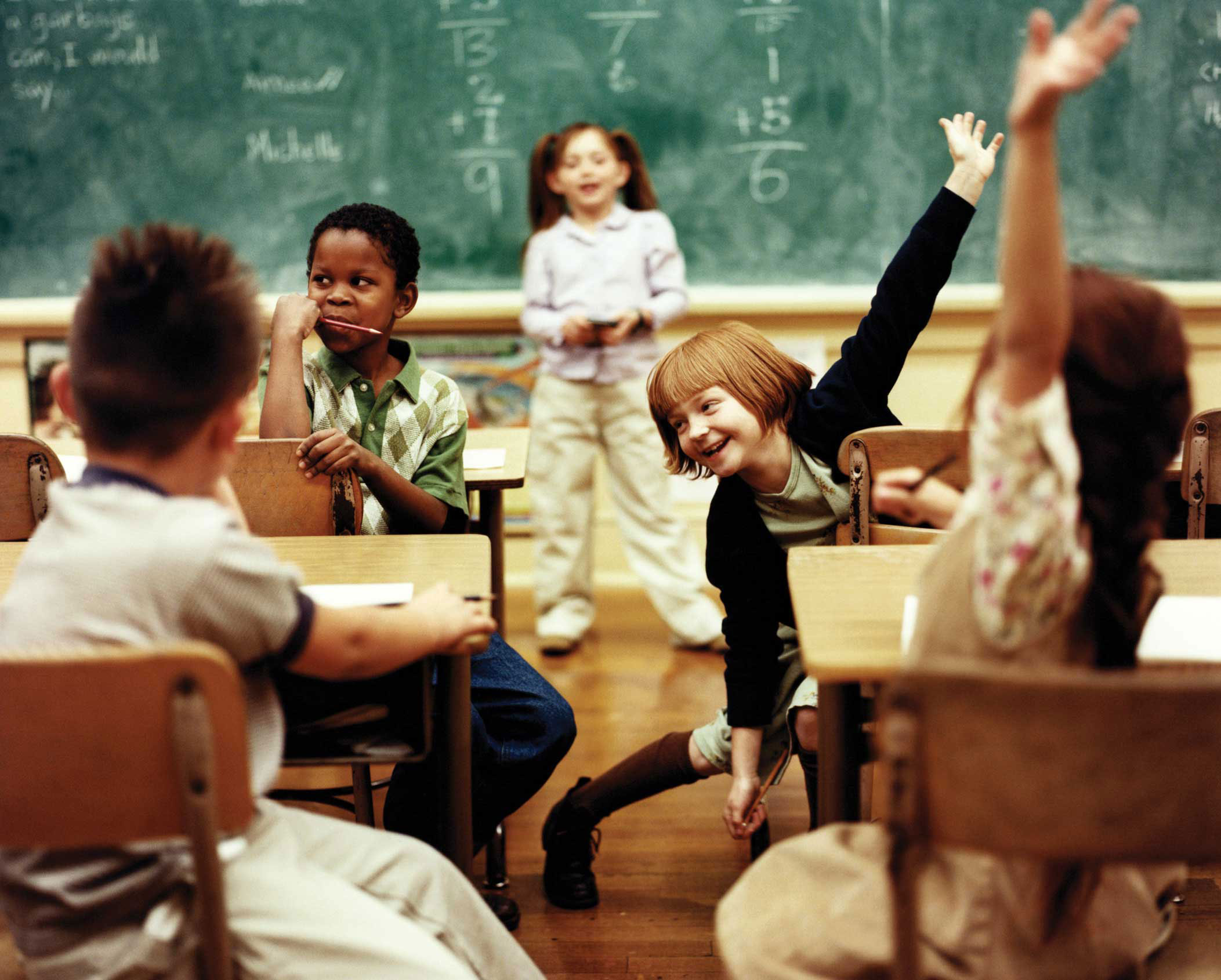Reducing Student and Teacher Dropout Rates in Mississippi
This report outlines a research-based approach to school discipline that reduces student and teacher dropout rates while improving academic performance and the overall climate in Mississippi schools.
To read the full report, click here.
This report outlines a research-based approach to school discipline that reduces student and teacher dropout rates while improving academic performance and the overall climate in Mississippi schools. It recommends that schools adopt Positive Behavior Supports, a framework that can fundamentally transform school environments by emphasizing positive behavior and eliminating harsh, zero-tolerance policies that push many vulnerable students out of school and into detention for minor misbehavior.
Forty Students — More Than A Classroom’s Worth —drops out of high school every school day in Mississippi. This is cause for alarm for our community, economy, and perception of public safety. Of equal cause for alarm is our teacher dropout rate. As Governor Barbour noted in his 2008 State of the State remarks, “We lose a third of our new teachers within three years. … More young teachers leave teaching because of discipline issues than over teacher pay.”
A great number of our teachers and students are dropping out for the same reason: school discipline. Left with few alternatives for handling problems in the classroom, many schools resort to discipline methods that have been proven to be ineffective and that likely lead to dropping out: suspensions, expulsions, placements in alternative schools, and referrals to the criminal justice system.
But there are tools that our teachers and administrators can use to keep our schools safe and productive so that our students and our teachers stay in school. By implementing relatively simple and cost-effective evidence-based approaches such as Positive Behavioral Interventions and Supports (PBIS), educators have the power to transform Mississippi’s schools.
Comprehensive school discipline reform will require cooperation among diverse education stakeholders—state lawmakers, the Mississippi Department of Education, local school superintendents, school board members, teachers, parents and students.
Together, we can create safe and orderly classrooms and ensure that our teachers can focus on teaching and preparing our children for the future.
The Teacher Drop-Out Problem
Governor Haley Barbour said it best: “We lose a third of our new teachers within three years. … [M]ore young teachers leave teaching because of discipline issues than over teacher pay.” (2008 State of the State Address) The constant pressure of dealing with school discipline issues is pushing too many of our teachers out of the classroom. According to a 2004 national survey of middle and high school teachers, 76% of teachers indicated that they would be better able to educate students if discipline problems were not so prevalent. In a 2005 national survey of teachers leaving the profession, 44% of teachers, and 39% of highly qualified teachers, cited student behavior as a reason for leaving.
Teacher turnover imposes significant burdens on principals and administrators: they must find, train, and mentor new teachers out of a shrinking pool of qualified applicants and then repeat the process each year. The departure of experienced teachers leaves our schools with less leadership and guidance for the new teachers hired to fill their void. This continual shuffle can only damage a school’s sense of community and overall performance.
As of 2001, there were more Mississippi teachers leaving our schools than there were coming in. We must provide our teachers the tools and support they need to do what they had hoped to do by joining the profession: teach effectively. Only then can we hope to keep our students and our teachers in school.
The Student Drop-Out Problem
Mississippi’s high school graduation rate of 62% is one of the lowest in the nation. The graduation rate of students with disabilities is even more alarming: only 29% of these students graduate with a regular high school diploma. Suspensions and expulsions, which put kids further and further behind in school, undoubtedly contribute to our dropout problem. Research has consistently shown that those dropping out of school are more likely to have been suspended or expelled than peers who remained in school through graduation. According to the Mississippi Department of Education, most students who drop out have received five to nine discipline referrals and were absent for more than 10 days from school—absences that were probably a direct result of out-of-school suspensions. On the other hand, students who did not drop out reported that they were encouraged to stay in school by fair school discipline practices and respectful relationships with their teachers.
Zero Tolerance Policies Harm Our Children
Some schools see few options available to them and have resorted to a standardized “zero tolerance” approach to school discipline that often causes more problems than it solves while failing to address the underlying causes of misbehavior.
All relevant research—including a recent, influential study by the American Psychological Association—proves that zero tolerance approaches do not result in safer, more orderly classrooms. Studies have found that 30% to 50% of suspended students are repeat offenders, suggesting that suspensions do not deter future disruptive behavior. In one study, researchers concluded that “for some students, suspension functions as more of a reinforce than a punisher.” Dismissal from school is actually a reward for some students for whom school is a constant struggle.
Students suspended from school are much more likely to engage in troublesome behavior. According to the Centers for Disease Control, “out of school” youth are significantly more likely than “in school youth” to become involved in physical fights, carry a weapon, smoke, use alcohol, marijuana and other drugs, and engage in sexual intercourse.
The School-To-Prison Pipeline
Many youths end up in the juvenile justice system because of school-related behavior. Instead of handling relatively minor incidents such as school fights and disruptive behavior through the traditional discipline methods like after-school detention and extra assignments, many schools are turning to the juvenile court system. Youth court judges from around the state say that school discipline referrals clog their dockets, according to a recent study by the National Juvenile Defender Center and the Mississippi Youth Justice Project.
Not surprisingly, involvement in the juvenile justice system, with its disruption of a child’s education, is often a direct pathway to dropping out. According to a recent study, a first time arrest during high school nearly doubles the odds of high school dropout, while a court appearance nearly quadruples the odds.
Changing our current practice of sending students to the criminal justice system for school related behavior can help reduce the number of kids who drop out—and save our state the money it needs to educate our children—without sacrificing school safety.
It’s clear that zero tolerance policies and school discipline practices that depend on suspensions, expulsions and referrals to the criminal justice system aren’t working. So what is a school to do in order to maintain a safe and orderly learning environment that will be conducive to learning?
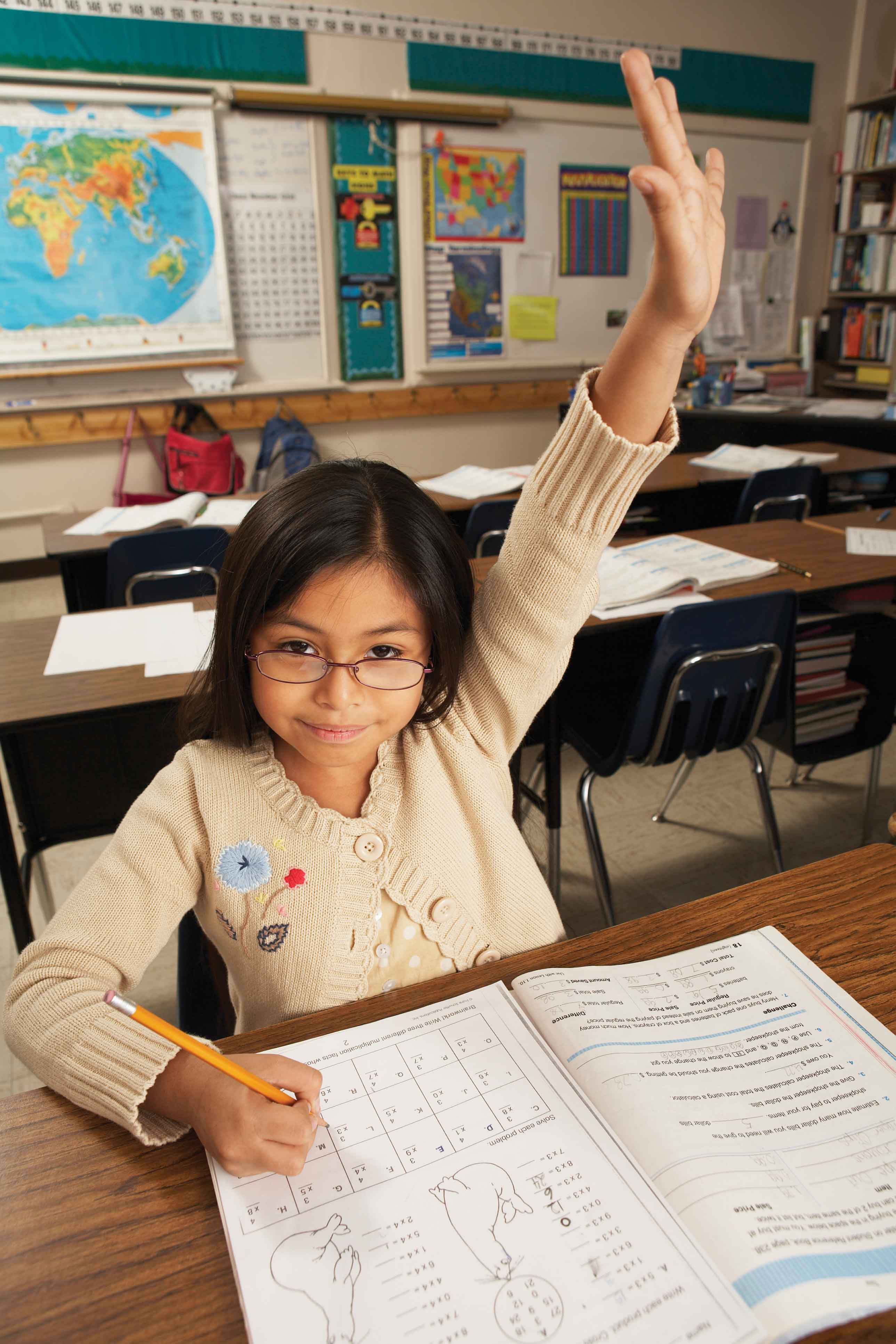
There is a solution, evidence-based school discipline practices are available to help teachers maintain a safe and productive learning environment while ensuring that children are removed from school only as a last resort. Every teacher in Mississippi can be trained in evidence-based discipline practices, and every child can be disciplined with methods that have been proven to improve behavior.
During the 2007 legislative session, the Mississippi legislature took some important first steps to reforming school discipline in our state. These new laws require the implementation of effective school discipline such as Positive Behavioral Interventions and Supports. They also require that evidence-based behavior modification plans be implemented before nonviolent, disruptive students can be expelled.
Positive Behavioral Interventions and Supports (PBIS) is a research-based method for improving student behavior and creating a safe and productive school climate. PBIS is:
PROACTIVE: All students are taught the critical social skills needed for success. PBIS schools set clear expectations for behavior, acknowledge and reward appropriate behavior, and implement a consistent continuum of consequences for problem behavior. Students with serious or chronic behavior problems receive behavior assessments to determine the causes of their behavior, individualized interventions, and specialized behavior supports.
COMPREHENSIVE: PBIS is employed throughout the entire school, including the cafeteria, the buses and the hallways. All school personnel are trained in PBIS and are continually supported in implementing it.
DATA-DRIVEN: Schools rely on data, tracked most easily in the form of office referrals, to both develop and modify their PBIS approach (e.g. “When/where do most office referrals occur? Which teachers are referring the most students? Which students are most often referred?”).
Schools that effectively implement PBIS have:
» Reduced office referral rates (and, subsequently, suspension and expulsion rates) by up to 50% per year.
» Improved attendance and school engagement
» Improved academic achievement
» Reduced dropout rates
» Reduced later delinquency and drug use
» Improved school atmosphere
» Increased instructional time
PBIS is consistent with special education programs. In fact, the Individuals with Disabilities in Education Act (IDEA) encourage the use of PBIS to reduce the need to suspend or expel students with disabilities. The U.S. Department of Education’s Office of Special Education Programs (OSEP) operates a National Technical Assistance Center that promotes PBIS and provides capacity-building information and technical support to states and school districts.
PBIS is currently practiced in more than 4,000 schools across the country. It is recommended or required by statute in three states and is the subject of statewide initiatives or school/university partnerships in all 50 states. PBIS has shown positive effects in elementary, middle and high schools, and has proven to be effective in schools with higher percentages of at-risk students.
According to the Alabama Department of Education, which has a PBIS initiative, “the PBIS program has demonstrated that it can reduce unilateral removals, long-term suspensions, and office discipline referrals.”
For more information about PBIS, go to www.pbis.org
Karina, 13, has been incarcerated at Columbia Training School (a juvenile prison for girls) since she was 12. She failed first and second grades, yet was never tested for special education. She began getting in trouble at school when she was nine for clowning around in class, cracking jokes, and not paying attention. Her acting out behavior would usually begin during math class. Karina has always struggled with math and did what she could so she wouldn’t have to stay in class. Because of her behavior, Karina was repeatedly suspended from school. While suspended, Karina would sit at home, waiting for school to get out so she could play with her friends. The school did not send work home for her to complete, and Karina fell further and further behind with each suspension. When one of her friends dared another friend to call a bomb threat into school, Karina went along with it so she wouldn’t have to go to school that day. Although Karina didn’t instigate or make the bomb threat herself, she is now serving time in juvenile prison.
Had PBIS been implemented at Karina’s school, her behavioral problems would have led to a Functional Behavioral Assessment (FBA) to determine their cause. The fact that Karina was struggling with academics (and especially math) would have led to intensive academic support, such as one-on-one tutoring, which would have reduced her frustration and improved her behavior. Karina’s family could have been brought in to discuss her home situation, and its possible Karina would have been referred for counseling. She almost surely would have been evaluated for special education eligibility. With PBIS, Karina would have received help and support, not suspensions and juvenile prison.
The good news is that it is possible to maintain a safe and productive school climate without removing students from the classroom. Out-of-school suspensions, expulsions, removals to alternative schools and referrals to the criminal justice system can all become a less central part of school discipline by taking the following actions. Our schools and our children deserve nothing less.
1. Encourage your school district to implement school-wide Positive Behavioral Interventions and Supports (PBIS) in every school.
2. Engage experts from the Consortium of Safer Schools in your school discipline improvement efforts. The consortium is a group of experts, many from within the state, willing to assist your school or district in the implementation of PBIS and other positive discipline. Contact the Mississippi Youth Justice Project at (601) 948-8882 for more information about the consortium.
3. Participate in the Mississippi Department of Education’s Effective School and Classroom Management Training, which should be held in conjunction with PBIS training.
4. Reserve disciplinary removals for only the most serious and severe of disruptive behaviors, and define those behaviors explicitly.
5. Replace one-size-fits-all disciplinary strategies with graduated systems of discipline, where consequences are geared to the seriousness of the infraction.
6. Incorporate alternative corrective strategies into your codes of conduct to provide options other than suspensions, expulsions and removals to alternative schools. Some of these strategies are listed on the next page.
7. Improve strategies to collect data on school discipline at the state level, and assist districts in using disciplinary data to better understand and address safety and disciplinary concerns at their schools.
8. Improve collaboration and communication among schools, parents, juvenile justice officials, and mental health officials to develop an array of alternatives for challenging youth. '
9. Ensure that the Teacher Support Team (TST) at your school is meeting its obligation to help students who are struggling academically and/or behaviorally with tutoring, counseling, and other Tier II and Tier III interventions.
10. Ask your legislator to support full funding for PBIS and other evidence-based school discipline methods.
» Conference with student to provide him/her with corrective feedback.
» Re-teach behavioral expectations.
» Mediate conflict between students or students and staff, and assign appropriate consequences.
» Create behavior contracts that include expected behaviors, consequences for infractions, and incentives for demonstrating positive behaviors.
» Student completion of community service tasks.
» Development of a home/school communication system.
» Reflective activity about the offense and how it affected the student, others and the schools.
» Loss of a privilege.
» Schedule adjustment.
» Create a check-in/check-out plan for the student with a caring adult in the school.
» Require daily or weekly check-ins with an administrator for a set period of time.
» Refer student to counselor, social worker, interventionists, or Teacher Support Team.
» Arrange for the student to receive services from a counseling, mental health, or mentoring agency.
» Work with the student to choose an appropriate way for him/her to apologize and make amends to those harmed or offended.
» Detention or ISS, during which the student completes his/her, work.
In addition to PBIS, there are other programs that can help create a positive learning environment and address school problems without resorting to exclusionary methods like suspension and expulsion.
Teacher Support Teams (TSTS)
Mississippi already has an excellent resource to draw upon: Every Mississippi School is mandated to have a Teacher Support Team (TST). TSTs are problem solving units of school personnel responsible for designing and implementing intensive interventions for students who are struggling either academically, behaviorally or in both areas. TSTs need to be strengthened and supported if they are to truly help Mississippi’s at-risk children.
Conflict Resolution
Fighting is among the most common of disciplinary infractions. Many schools across the nation have begun to implement conflict resolution programs that teach students the attitudes and skills they need to avoid violence, including empathy, perspective and improved communication skills. Students can be trained to act as peer mediators, helping other students naturally defuse conflicts in the halls and classrooms. Also, they can more formally help other students in conflict come to cooperative resolutions in mediation sessions. School-wide conflict resolution efforts have shown positive outcomes, including teacher reports of decreased physical violence and increased student cooperation, and lower suspension and expulsion rates.
For more information:
Second Step Violence Prevention program
Resolving Conflict Creatively
Restorative Justice
The Restorative Justice approach holds youths accountable to members of the school community for their negative behaviors. In a school setting, it shifts the focus away from rules and toward the relationships between people in the school community. Repairing the damage caused by offending behavior occurs by including all of the people involved to determine what happened and what response might make things better. This allows people who have harmed others to take responsibility for their behavior and for everyone to be involved in creating a safer community.
For more information:
Restorative Justice in Schools Pilot Project
Reassessing School Climate: Restorative Justice and School Discipline
Mentoring
Mentoring helps alienated students re-connect to school and to the community through tutoring, discussions, field trips or community service. Evaluations of mentoring programs show that they can decrease students’ violent attitudes, raise self-esteem and career aspirations, and improve social skills and academic achievement.
For more information:
National Mentoring Partnership
Anger Management
The purposes of anger management are to assist students in learning how to understand and manage feelings of anger and to provide them with tools to avoid escalating negative feelings that lead to confrontations with others. Effective programs have led to decreases in disruptive and aggressive behavior, increases in pro-social behavior, better social acceptance by peers and increased on-task behavior.
For more information:
Elementary and Middle Schools Technical Assistance Center
Bullying Prevention
Well-designed bullying prevention programs report significant reductions in bullying, fighting, vandalism and truancy, along with an increase in general student satisfaction.
For more information:
Bullying Prevention Program
National Bullying Prevention Campaign

